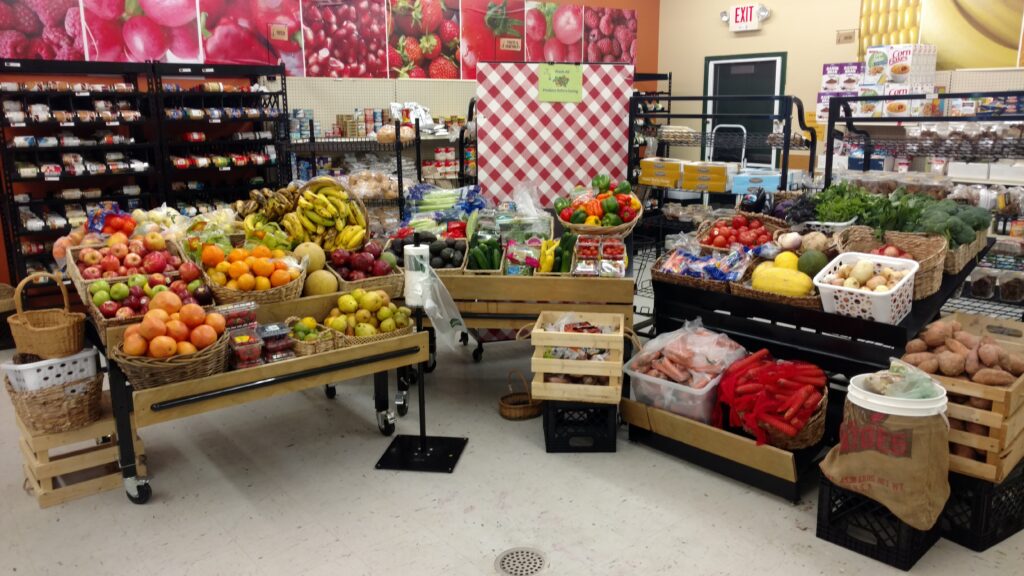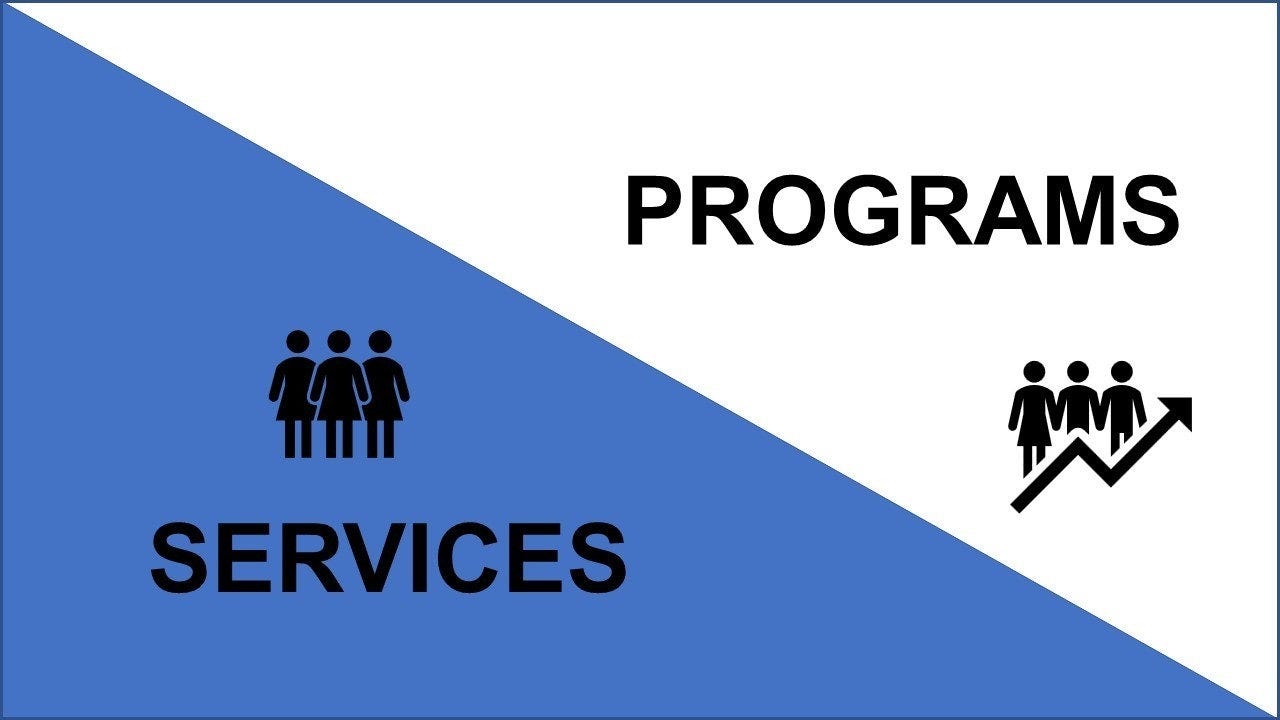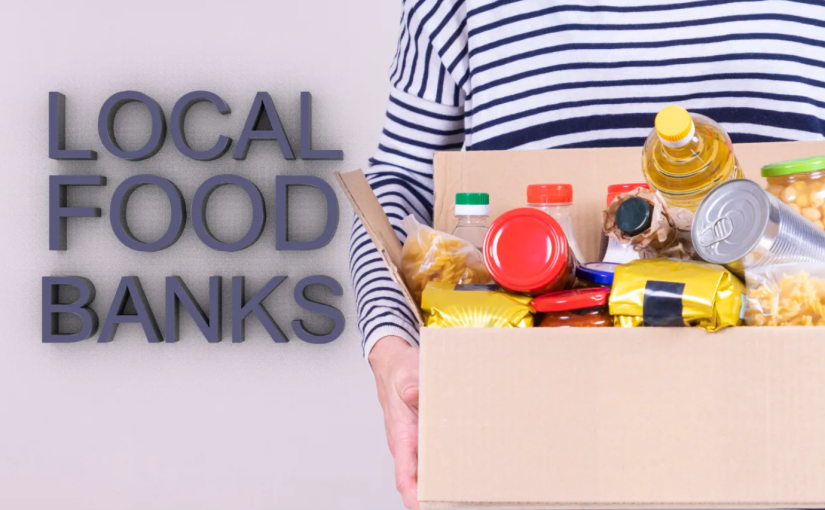How To Find Food Banks And Pantries In Your Area
In today’s economy, finding ways to stretch your dollar is more important than ever. One resource that many may overlook is the network of local food banks and pantries designed to serve those needing a helping hand with groceries.
If you’re someone trying to save money or facing a tough situation, knowing how to locate these sources of assistance can make a significant difference. Did you know that many food assistance programs operate entirely with help from volunteers?
This guide will prove invaluable by providing straightforward steps to connect with nearby food bank services and understand their offer. From learning how to find such resources using your zip code or state information to exploring programs like SNAP or WIC, we’ll share the ins and outs of accessing free or subsidized grocery options available today.
Read on, and let’s ensure no one goes hungry in our communities!
Key Takeaways
- Use online resources like Feeding America’s website, local community center partnerships, and the 2-1-1 service to find nearby food banks and pantries in your area by entering your zip code or state.
- Research available programs such as SNAP (Supplemental Nutrition Assistance Program) and WIC (Women, Infants, and Children) at local food banks and pantries to access free or subsidized groceries.
- Access various programs, including SNAP enrollment assistance, WIC programs for families with young children, and specialized support for different situations (families, seniors, individuals with disabilities), ensuring no one has to go without essential nourishment when faced with economic challenges.
Finding Your Local Food Bank and Pantry

Search your local food bank and pantry online using your zip code or state. Contact information for each location should be readily available. Additionally, research the available programs to see which fits your needs best.
Search by Zip Code or State
Finding your local food bank is simple. Just enter your zip code or state to begin.
- Visit the Feeding America website. You can search for member food banks in your community.
- Look on a map of food pantries and programs. This helps you see what’s close to your home.
- Enter your details into the pantry finder tool. It needs your zip code or state to show where you can get free groceries.
- Check out local community centers as well. They often partner with food banks and might have the information you need.
- Use the 2-1-1 service if it’s available in your area. Call or visit their website for help finding food today.
- Ask friends or family members who might know about food assistance programs near you.
- Note down contact info and opening hours for each place you find. Make sure they are open when you plan to visit.
- Pay attention to mobile pantries if they’re listed. They move around and could be coming to a place near you soon.
Contact Information
If you need food today, take your time. Pick up your phone and call 2-1-1 to speak with someone who can give immediate help. They will tell you where nearby food banks, pantries, or soup kitchens are.
You can also reach out directly to the places that provide food in your area. Check online for a list of locations like Food Bank For New York City if that’s where you live. Always call first to ensure they have food ready and to get the open hours.
For those living outside New York City, find your local pantry using Feeding America’s Agency Locator tool or visit their website for more information. It’s fast and easy – just put in your zip code or state name, and it lists spots near you! Get all the details about when they give out food so that you can plan.
Remember, these organizations care about helping everyone in need of good meals!
Researching Available Programs
To save money and find help, look for programs at local food banks and pantries. They often have different ways to support you. Some give out boxes of food, while others may offer fresh produce or even a hot meal.
If you’re interested, you can also get help signing up for long-term aid like SNAP or WIC.
Learn what each place offers by calling or visiting their website. Food banks like Feeding America and Gleaners Food Bank of Indiana can guide you on how to receive more benefits from these programs.
They work hard to ensure no one goes without food in your county.
Now, let’s discuss the many programs and services available to these community helpers!
Programs and Services Offered by Food Banks and Pantries

Food banks and pantries offer a variety of programs and services to support those in need. These may include SNAP (Supplemental Nutrition Assistance Program) enrollment assistance, WIC (Women, Infants, and Children) programs, and specialized support for different situations such as families, seniors, individuals with disabilities, and more.
SNAP (Supplemental Nutrition Assistance Program)
SNAP, also known as the Supplemental Nutrition Assistance Program or formerly Food Stamps, helps low-income people get nutritious food. SNAP provides monthly funds to buy the necessary food for a balanced diet.
It covers the gap between what a family can spend on food and the cost of healthy meals. If you’re struggling financially, SNAP can provide assistance.
Low-income individuals can access food through SNAP and learn how to apply for this vital support. Whether you are a family, a senior citizen, or have a disability, SNAP ensures everyone has access to proper nutrition despite financial constraints.
WIC (Women, Infants, and Children) Programs
For families with young children, the WIC program provides federal grants to states for supplemental foods, nutrition education, and healthcare. This can be a big help in affording healthy food and baby supplies.
Participants often receive vouchers for specific items, which has been shown to improve the nutritional quality of their purchases by about 5%. The program is designed to support women, infants, and children at nutritional risk.
It’s one of several food assistance programs available for certain individuals and groups—alongside SNAP and the National School Lunch Program—to ensure everyone can access good nutrition.
Support for Different Situations (families, seniors, disabilities, etc.)
Food banks and pantries support various situations, ensuring that families, seniors, and individuals with disabilities can access the assistance they need. Here’s how these programs offer help:
- Families: Food banks and pantries offer nutritious food to families facing financial hardship, helping them save money on groceries and meet their immediate food needs.
- Seniors: Many food banks offer specialized programs for seniors, providing tailored assistance to help older adults maintain their independence and health.
- Disabilities: Individuals with disabilities can find support through food bank initiatives that cater to their unique dietary requirements and accessibility challenges.
- Other Situations: Whether facing temporary financial setbacks or ongoing struggles, food banks and pantries are ready to assist those in need, offering immediate relief and ongoing support.
How to Access Food Today

Find free food and grocery programs in your area, get subsidized groceries, and check out the details and hours of local pantries. Click to discover more ways to access immediate assistance.
Free Food and Grocery Programs
Looking for ways to save money on groceries? Consider these options:
- Food Banks: Many food banks provide free or low-cost groceries, including fresh produce, canned goods, and other essential items. Check with your local food bank to see what’s available.
- Government Assistance Programs: SNAP (Supplemental Nutrition Assistance Program) and WIC (Women, Infants, and Children) Programs offer support for purchasing nutritious food at a reduced cost.
- Community Gardens: Some communities have gardens where you can volunteer in exchange for fresh produce.
- Local Churches and Nonprofit Organizations: Many churches and nonprofits offer free meal programs or grocery assistance to needy individuals and families.
- Farmer’s Markets: Some farmers participate in programs that provide vouchers or discounts for low-income individuals.
- Couponing Strategies: Look for coupons and discounts in newspapers, online resources, or loyalty programs at grocery stores.
Subsidized Groceries
You can save money on groceries by looking for subsidized food programs. These programs offer discounted or low-cost groceries to those in need. You may qualify based on your income and family size.
Several options are available, such as SNAP (Supplemental Nutrition Assistance Program) and WIC (Women, Infants, and Children) Programs. These provide financial assistance for purchasing food items at authorized retailers.
By taking advantage of these programs, you can stretch your budget and ensure you can access nutritious meals without overspending. Check your eligibility and apply for these programs to save on grocery bills.
Pantry Details and Hours
Looking for pantry details and hours in your area? Here’s a concise list to help you find the information you need:
- Check the official website of your local food bank or pantry for their address, contact information, and hours of operation.
- Call their hotline or customer service number to inquire about their distribution schedule and upcoming events or promotions.
- Visit their social media pages for real-time updates on pantry hours and special giveaways.
- Sign up for their newsletter or email list to receive notifications about new pantry locations and extended opening hours.
FAQs

1. How can I find a food bank near me if I need food?
To find a food bank, you can ask for help from local groups or look online for places that give food to people who need it.
2. What should I do to donate to a food pantry?
If you’d like to donate, please get in touch with your local food pantry or team up with community organizations that work with food banks.
3. Can the Clinton Foundation help me locate a nearby pantry?
The Clinton Foundation may run programs to fight hunger. Contact them directly or visit their website for information on how they might assist you in finding a pantry.
4. How can people come together to support our local pantries?
People can join forces by donating time or money, raising awareness, and encouraging others in the community to provide assistance where needed most.

